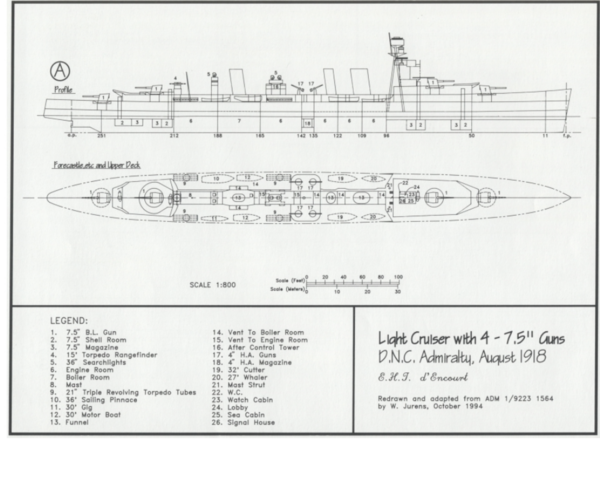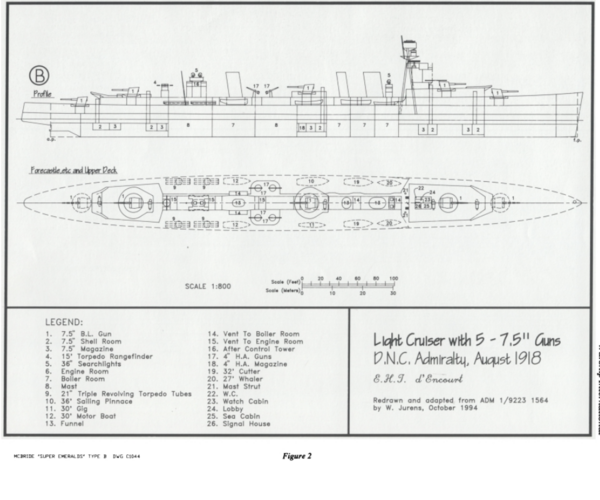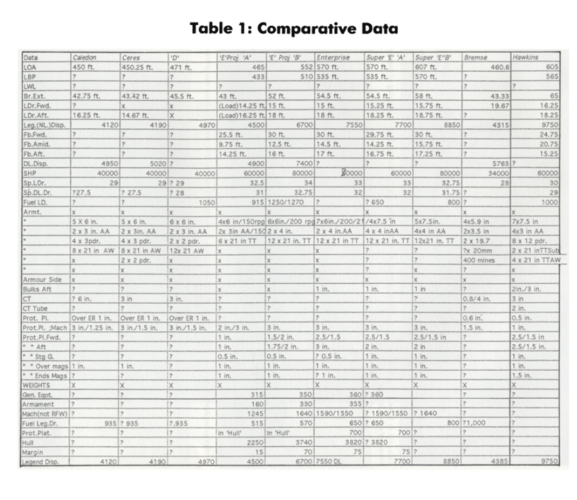The wiki article on the Emerald class has this reference
Brown, David K. (1997). "Re: E's and Super Es". Warship International. XXXIV (1): 7–8. ISSN 0043-0374.
What information is there on these 'Super E's' or was he referring to the Hawkins?
Here's "Super E" A&B from the "E's and Super Es" article - This is when they thought the Germans were building 2x1 210mm armed light cruisers. A is basically Emerald but with 190mm guns, and B dropped .25kt in order to get a 5th 190mm gun.



Readable on JSTOR here: https://www.jstor.org/stable/44891764
